
There are going to be a lot of opinions swirling around when you drop the term ‘euronymphing’ in a conversation, and they generally move to the extremes. You’ll probably hear things like, “that’s not fly fishing” or “that’s the only way to fly fish,” without much in between. But, the truth of the matter is, euronymphing is simply a technique and a tool in fly fishing that can be incredibly effective in many different situations. Once you take the social commentary away and look at it through an objective lens, you’ll see that it’s not all that complicated, which is a reason why it’s so great.
So, we thought we’d do just that—take an objective look at euronymphing. We’re not here to tell you that it’s the best thing since graphite or tell you when or where you should do it. We’re just going to lay out the facts, share some tips, and help you achieve the goal that pretty much all anglers have: catch more fish.
What is Euronymphing?
First things first, what the hell is euronymphing and why don’t we call it Amerinymphing? Well, for starters, it’s a style that originated in Europe (France, Czech Republic, Poland, etc.), but you can call it whatever you want, as long as it meets a few criteria.
Definition
As the great George Daniel calls it, euronymphing is essentially “contact nymphing.” In traditional fly fishing, you’re generally laying your fly line on the water and using slack in the line to create a realistic drift. Whether you’re dry-fly fishing, free-line nymphing, or nymphing under an indicator, there’s intentional slack to keep the fly moving free and naturally along with the current. In euronymphing, the goal is the exact opposite.
In euronymphing, the goal is to run your flies deep in the current and create a direct connection between your rod tip and the end of your line. By moving your arm and rod along with the line, you're essentially mimicking the current and running your flies directly along the bottom. Generally, the setup includes one or two nymphs attached to a leader, which runs up to some sort of indicator line, and then attaches to a heavier monofilament, which then attaches to your fly line. But, in short, if your goal is to keep a tight line and run nymphs deep along or near the bottom, you’re essentially euronymphing.
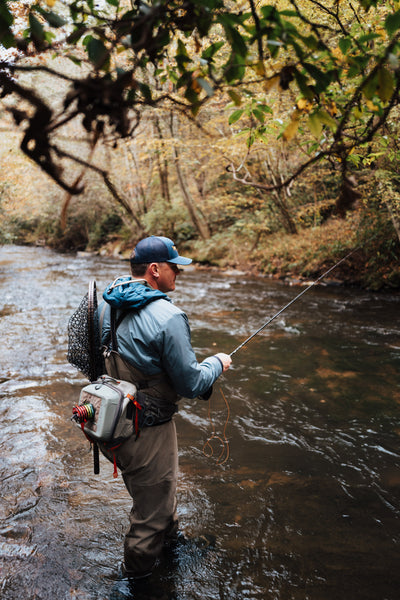
Advantages of Euronymphing
So, why do anglers euronymph when they could run nymphs under an indicator or free-float them in the current? Well, it’s more effective. That sounds like a bold statement, but it’s true. If you’re to put up with a few slight complications (more on that later), euronymphing is the most effective way to catch trout with nymphs. Here’s why.
Deeper drift. Because you’re able to run heavy flies on thin fly lines, your rig is going to get to the bottom of the river faster, where trout are primarily holding and feeding.
More options. Euronymping allows you to target areas you’d commonly look over because you’re able to fish deep, swift water more effectively. Features like deep pools, small runs, and very swift water are now open to you—and all of them hold fish.
Stay in control. Because you have a direct connection to your fly, you’re able to keep it exactly where you want it. By using the right rod and the right techniques, you can keep the fly running delicately along the bottom in perfect tune with the current.
Better, longer drift. Getting down deep more quickly means that you can run along the bottom for longer periods of time in your drift, which means trout are getting more looks at your fly.
Detect more strikes. This is particularly true if you have a dedicated euronymphing rod, but either way you’ll be able to more accurately detect strikes because you’re feeling the tension on the bottom of the river.
Better hooksets. No slack means there’s not a whole lot between you and a great hookset.
Versatility. Once you get your rig set up, it’s easy to adjust the weight of your flies and the length of your leader to match the exact conditions. You can move between deep pools and swift, shallow runs in a matter of seconds.
Disadvantages of Euronymphing
Euronymphing may be highly effective, but there are definitely a few things to consider before diving in. If it was easy, everybody would be doing it, right? But we don’t need to tell you, you’re already a fly angler—we thrive on difficulty.
Time-consuming. There’s no two ways about it—it can be a pain to rig up a euronymphing setup. There are multiple knots to be tied, indicators to be used, o-rings, nymphs, and more. Sure, once you get everything tied, it’s pretty simple, but once you snag a tree or limb and break it all off, you’re back to the tying game again. Particularly for newer euronymphers, frustration can boil up.
You gotta get close. Depending on your mindset, this can be a positive or a negative, but there’s no distance game when it comes to euronymphing. Ideally, you’re within 20 feet of your target at all times, because it’s never a good idea to try to double-haul a euro rig across the river.
You’re committed. Once you’re euronymphing, you’re euronymphing. You know that setup we mentioned earlier? There are a few tricks for rigging and derigging, but switching from a euro setup to a dry-fly setup is going to be a pain, so it’s time to commit.
It’s different. This is probably the biggest “con” that anglers come up with. Euronymphing simply looks and feels a lot different than other types of fly fishing. For those of us who grew up watching “A River Runs Through It,” don’t expect to be false-casting like Brad Pitt and watching a 24-inch brown slam an elk hair caddis. It’s more stealthy, slower, in tighter quarters, and is just a different beast, for better or worse.

How to Get Started With Euronymphing
So, now that we’ve laid out the “why” to euronymphing, let’s talk about the “how.”
Rods
As for fly rods, you can definitely use your all-around trout rod for euronymphing. A long, fast-action rod in either four or five-weight options would be optimal. But, we’d highly recommend a dedicated euronymphing rod if you’re ready to dive in headfirst. We make two great rods: the Epiphany (in two-, three-, and four-weight options) as well as the Vesper in two- and three-weight options.
What makes a euronymphing rod different? A few things. To start, they’re longer, ranging from 10 feet to 10 feet, six inches, which means you can reach pocket waters and riffles more easily. As George Daniel points out in this video, adding just a foot to your rod can give you three feet of reach on the water, and that can make all the difference.
Another difference is that euronymphing rods have a fast action, with a more sensitive tip. This combination means you can detect subtle strikes, but also have the backbone to set the hook quickly in tight quarters. We’ve also designed our euro rods with guide spacing to reduce line sag, which reduces weight and stops the line from pulling your leader back down the rod. Lastly, these rods are light. In euronymphing, you’re going to have an arm in the air all day, so every ounce counts, which is why we removed a few of them.
Lines
Once again, you can definitely use a traditional fly line for euronymphing, but euronymphing lines are incredibly helpful as well. They have a very low amount of stretch, which means you get a better feel and better hooksets. And, they also have a thin taper towards the tip, which also helps to reduce line sag and weight when you’re on the water. Plus, lines like the Airflo Euro Nymph fly line, have high-visibility orange at the tip to increase strike visibility.
Reels
In short, you don’t need a new reel if you’ve already got a decent fly reel. But, if you’re just a fan of spending money or like to nerd out, try out a few different fly reels on your euronymphing rod and you’ll see that a heavier reel may actually balance your setup a bit better. We may be a bit biased, but our Creede Fly Reel looks pretty darn good on the Epiphany. Just saying.
Euronymphing Rigs
We could write an entire article on euronymphing rigs (we sorta did), but here are a few quick rundowns for you to test out.
Czech Rig: Fly line > 6-12 feet of 15-pound monofilament > 16-inch section of multi-colored indicator line > 4-8 feet of 4x-6x tippet to your fly or flies.
French Rig: Fly line > 9 feet of 0x leader > curly-q indicator line > 4-6 feet of 4x-6x tippet to your fly or flies.
Our Favorite: Fly line > 5 feet of 0x leader (4x trimmed down) > 2ft of multi-colored indicator line > o-ring > 4-6ft of 4x-6x tippet to your fly or flies.
As for flies, we like to fish two, with the heaviest fly being on the bottom, and then a lighter fly running 12 inches above it on a 12- to 16-inch dropper. Having a heavy fly as your point fly creates a better, more direct connection with the bottom and generally gives you a better drift as well.
Helpful Euronymphing Tips
As you may have noticed, there’s a ton to cover when it comes to euronymphing. We’ve also mentioned George Daniel a few times as well, who happens to be the head of the fly fishing program at Penn State University and literally wrote the book on euronymphing techniques, which you can pick up here. We also spoke with George in another article, which has some great tips for euronymphers. But, if clicking a link seems too heavy of a lift, here are a few quick pointers.
- Buy the Epiphany. Just kidding, but seriously.
- Cast upstream and keep it parallel. In general, the more you have to cast across currents, the harder you’re going to have to work to keep your drift consistent. By casting upstream and in-line with yourself, you’re going to get a good, natural, lengthy drift.
- The dry-fly angler in you may walk right over those small riffles, deep pools, and swift water, but with a euronymphing rig, you’ll want to take your time and break down every bit of the river. You’ll be amazed where you’ll find fish.
- Don’t forget to swing your fly. At the end of your drift, it’s generally a good idea to swing your fly towards you through the current, for two reasons. First, there’s a good chance you’ll get a strike. Second, it’ll set you up for the next cast by preloading your rod behind your casting shoulder.
- Less is more. Keep casting to a minimum. You have a lot of flies and knots involved and you don’t want to get them tangled. Plus, it’s just extra wear and tear on your arm, and you’re going to need your strength to keep that rod tip high.
- Stay stealthy. The nature of euronymphing means you’ll be getting close to your target in most situations. We’d recommend taking a deep breath, moving slowly, and being intentional with every movement. You’ll spook fewer fish, get less tangles, and probably enjoy the entire experience just that much more.
We all know that fly fishing is at its most iconic when you’re tossing dry flies 60 feet to rising trout. But, there’s something even more hypnotic about euronymphing at times. You’re standing in swift water, drifting flies through the current, staring intently, and waiting for the indicator line to move. When you euronymph for long enough, you’ll get the feeling that you’re part of the river and its current, which is true, in a way, and that’s a great feeling. In other words, it’s great.
Here’s another news flash: You don’t have to be a Euronympher with a capital “e” to set up a euro rig now and then. And, just because you prefer dry flies doesn’t mean you can’t do the same. Because it’s all fly fishing. Let’s not overthink labels and spend more time thinking about how to land that next personal best.


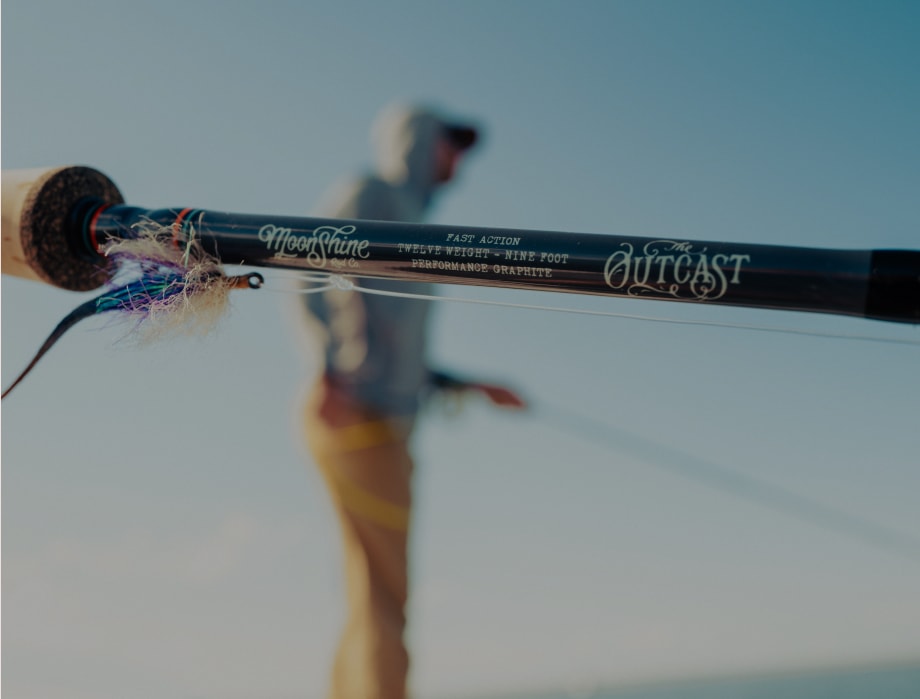
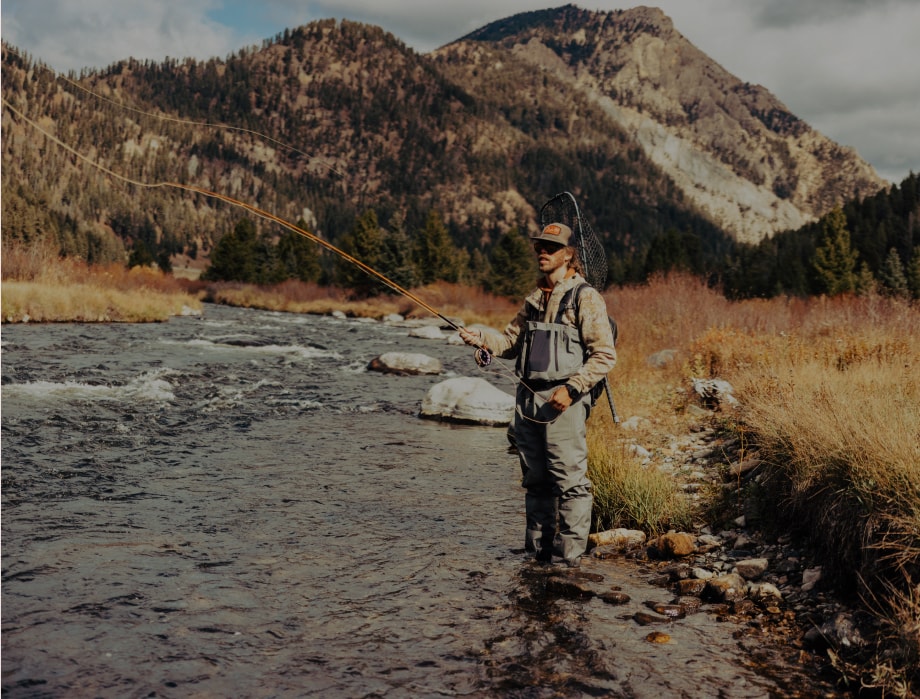
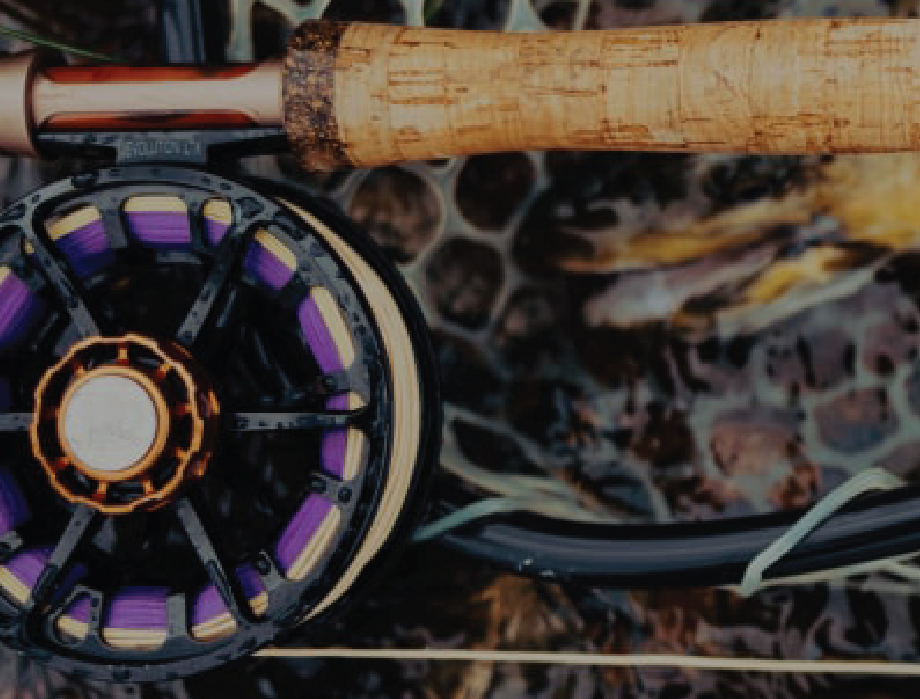


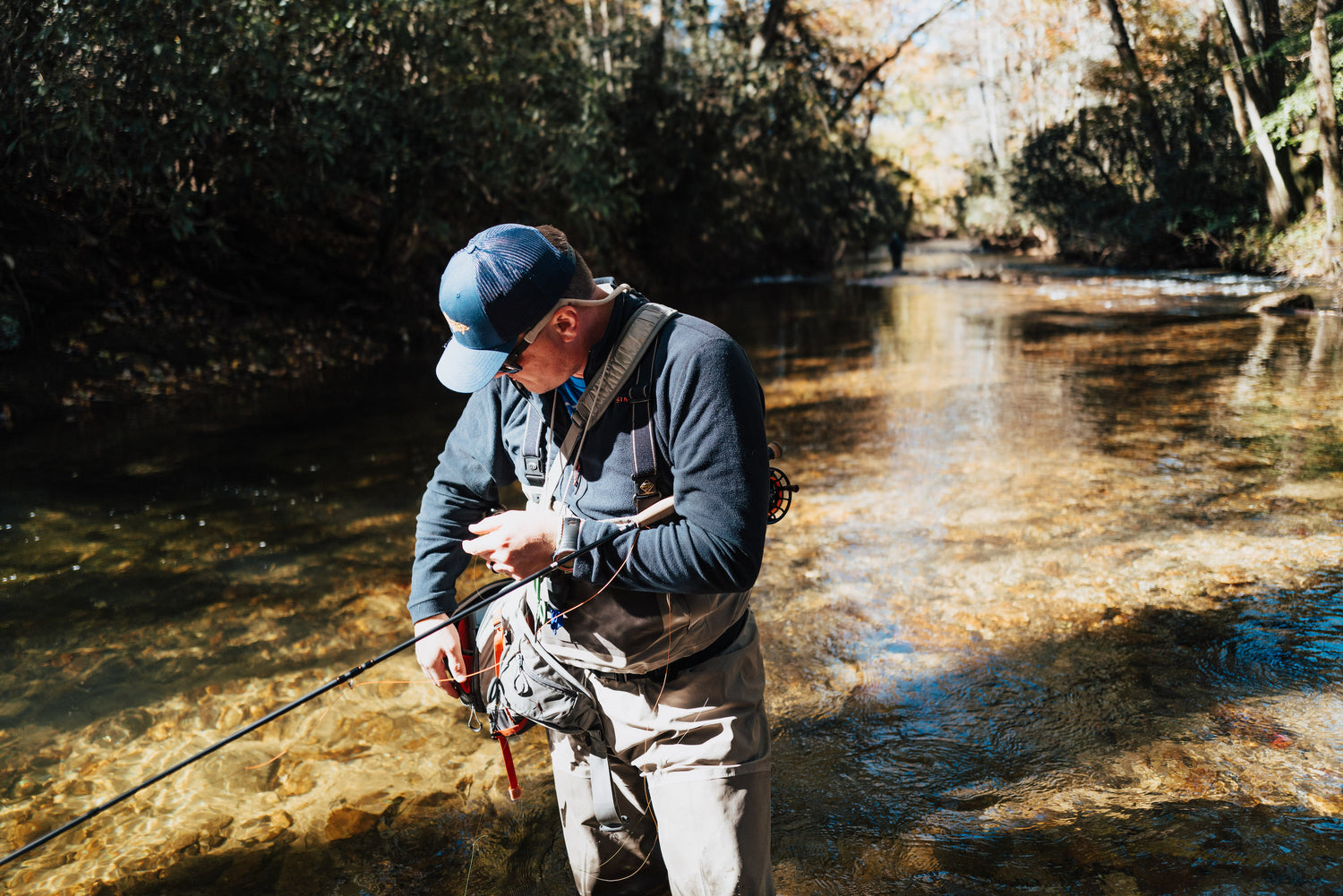

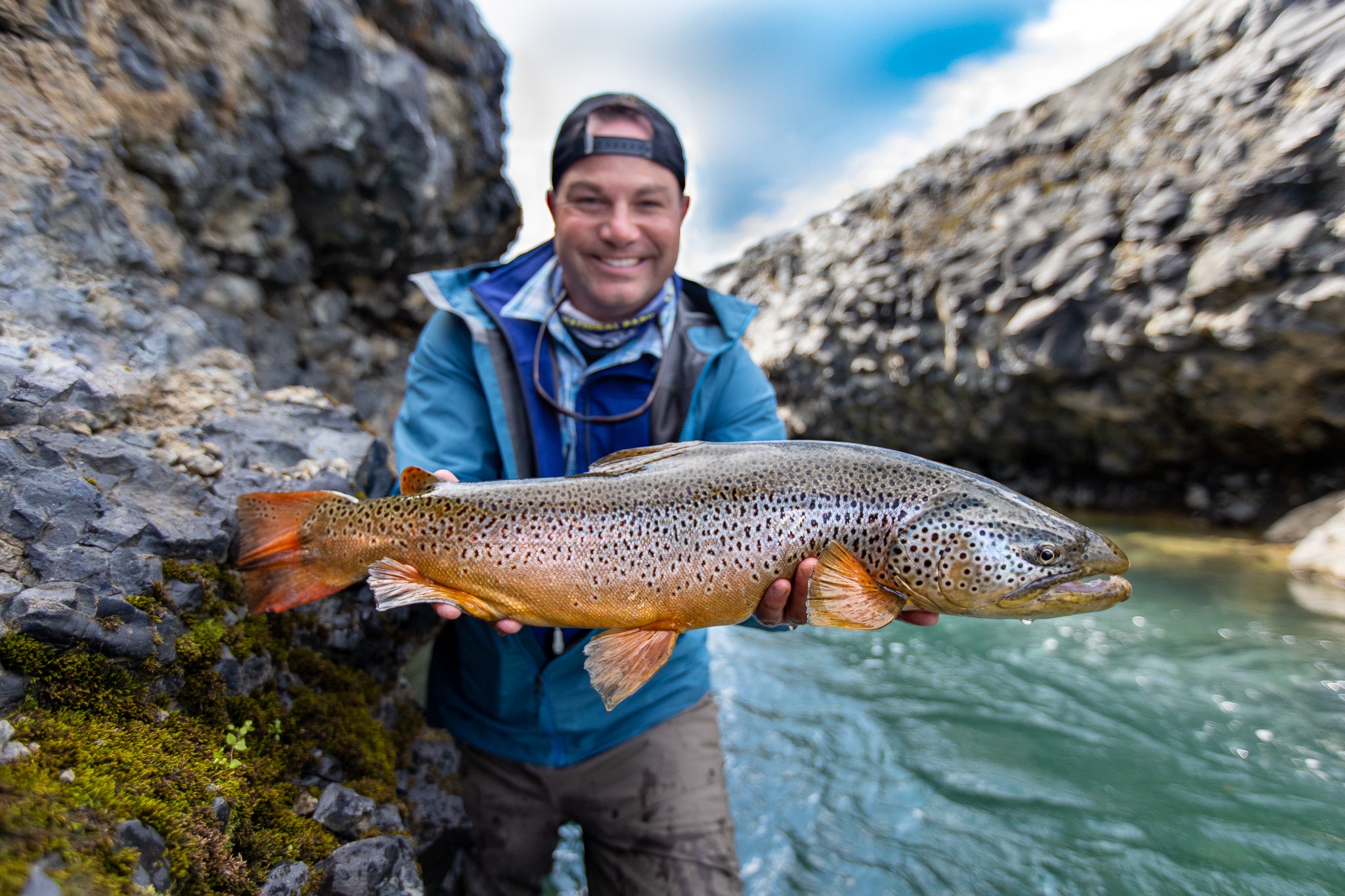
Leave a comment
All comments are moderated before being published.
This site is protected by hCaptcha and the hCaptcha Privacy Policy and Terms of Service apply.